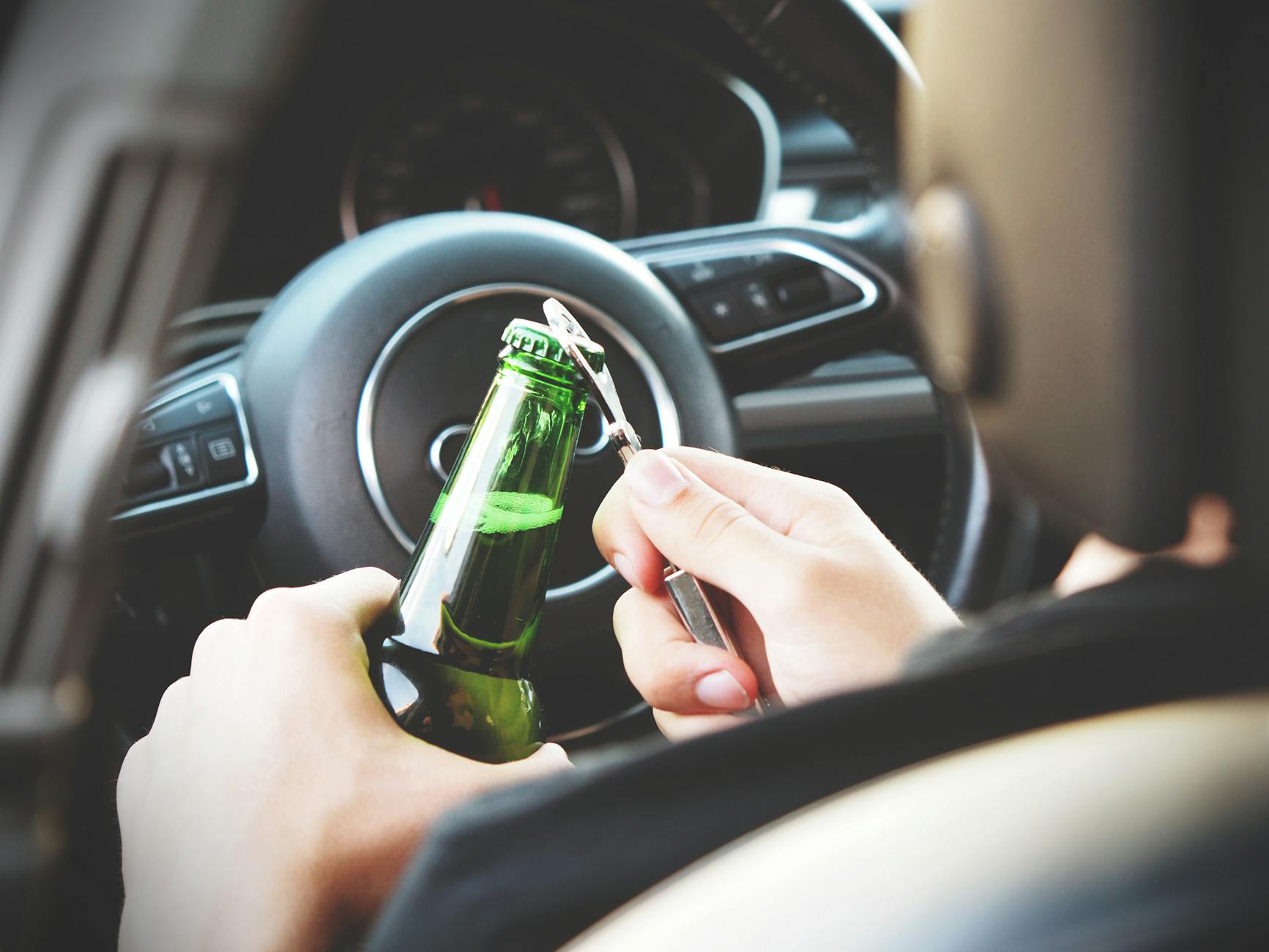Curious about light beers? Find out why 6-7 can give you a buzz, but you’ll need at least 10 to get drunk!

Image courtesy of energepic.com via Pexels
Table of Contents
Have you ever found yourself pondering the age-old question: “How many beers does it take to get drunk?” It’s a common inquiry with a complex answer. In this blog post, we’ll delve into the science behind alcohol metabolism, individual tolerance levels, and various factors influencing intoxication to shed light on this intriguing topic.
metabolism” name=”understanding-alcohol-metabolism”>Understanding Alcohol Metabolism
Alcohol metabolism is a fascinating process that involves the breakdown of ethanol into acetaldehyde and eventually into harmless byproducts like water and carbon dioxide. The rate at which alcohol is metabolized can vary depending on several factors.
Factors such as gender, weight, and age can all play a role in alcohol metabolism. Generally, women tend to metabolize alcohol more slowly than men, and individuals with a higher body weight may process alcohol more efficiently. Age can also affect alcohol metabolism, as the liver’s function may decline with age, resulting in a slower breakdown of alcohol.
Individual Tolerance Levels
When it comes to alcohol consumption, tolerance levels can vary significantly from person to person. Some individuals may feel intoxicated after just a few drinks, while others may be able to consume larger quantities without feeling the effects as strongly.
Factors that can influence an individual’s tolerance to alcohol include genetics, liver function, and overall health. It’s essential for individuals to be aware of their tolerance levels and to drink responsibly based on their personal limits.
Influencing Factors on Intoxication
While the number of beers consumed is a significant factor in determining intoxication levels, several other external factors can also play a role. For example, consuming food while drinking can help slow down the absorption of alcohol into the bloodstream, potentially reducing intoxication levels.

Image courtesy of www.reddit.com via Google Images
Hydration is another critical factor, as staying adequately hydrated can help the body process alcohol more efficiently. Additionally, mixing alcohol with other substances, such as medications or drugs, can amplify intoxication levels and pose potential health risks.
Conclusion
As we’ve explored the science behind alcohol metabolism, individual tolerance levels, and various influencing factors on intoxication, it’s important to remember to drink responsibly. While the exact number of beers it takes to get drunk may vary from person to person, being aware of your own limits and practicing moderation is key to enjoying alcohol safely.
So, whether you’re a lightweight who feels tipsy after a couple of beers or someone who needs several drinks to feel the effects, remember to listen to your body, stay informed, and make responsible choices when it comes to alcohol consumption.
How does alcohol affect metabolism?
Alcohol is metabolized in the liver, where it is broken down into acetaldehyde and then into harmless byproducts. Factors like gender, weight, and age can influence the speed of alcohol metabolism.
What influences individual tolerance to alcohol?
Genetics, liver function, and overall health can impact an individual’s tolerance to alcohol. Understanding these factors can help individuals drink responsibly.
How does food and hydration affect intoxication levels?
Consuming food while drinking can slow down alcohol absorption, while staying hydrated can help the body process alcohol more efficiently, influencing intoxication levels.
Why is it important to be aware of your alcohol limits?
Being aware of your alcohol limits is crucial for drinking responsibly and avoiding potential health risks associated with overconsumption. Listening to your body and practicing moderation are key aspects of safe alcohol consumption.
Powered by Texta.ai Blog Automation
Leave a Reply